Classical music: what is it exactly? Most people use the term to cover anything to do with performances of opera, orchestra and chamber music. Actually it’s much more specific, as it pertains to music written and performed in the courts of Europe, England and Russia from roughly 1730-1820, putting it squarely between the baroque and romantic periods and coinciding with the Age of Enlightenment.
Performed on instruments of the classical period, the music has a lighter, clearer texture than its baroque counterpart and places an emphasis on elegance and balance, the use of contrasting moods and short well-balanced melodies.
During this epoch, many important innovations took place. The symphony was born and developed by such luminaries as Carl Friedrich Abel, Carl Philipp Stamitz and Franz Joseph Haydn and the concerto reached new heights of excellence and technical brilliance for wind instruments, particularly the oboe (with works by Johann Christian Fischer) and the bassoon (with concertos by Franz Ignaz Danzi).
In the string department, there were concertos for the Viennese double bass, (a mixture of five strings in an unusual tuning) with concertos by Franz Anton Hoffmeister, Wenceslav Pichl and Johann Baptist Vanhal and the mandolin (with concertos by Giovanni Francesco Giuliani, Giovanni Hoffmann and Giovanni Paisiello).
A combination of these two styles of writing (symphony and concerto) developed into the genre known as the Sinfonia Concertante and became very popular. The composer Leopold Kozeluch wrote one of these for a strange combination of instruments; the aforementioned Viennese double bass and mandolin as well as the recently invented keyed trumpet and the new instrument on the block, the fortepiano.
No one wrote concertos for this instrument better than Wolfgang Amadeus Mozart; he composed twenty seven of them! In addition to writing symphonies and operas, he was also wrote several serenades including the most famous one of all, “Eine kleine Nachtmusik.”

incl. VAT
plus Shipping Costs
Add to cart
incl. VAT
plus Shipping Costs
Add to cart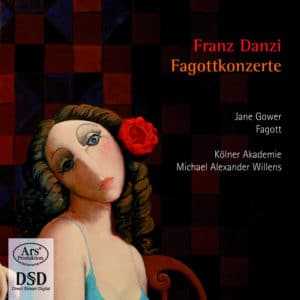
incl. VAT
plus Shipping Costs
Add to cart
incl. VAT
plus Shipping Costs
Add to cart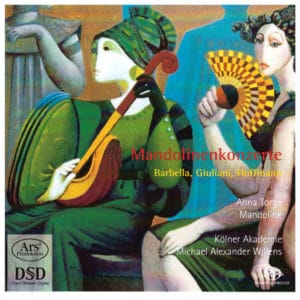
incl. VAT
plus Shipping Costs
Add to cart
incl. VAT
plus Shipping Costs
Add to cart
incl. VAT
plus Shipping Costs
Add to cart
incl. VAT
plus Shipping Costs
Add to cart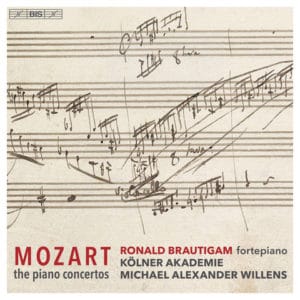
incl. VAT
plus Shipping Costs
Add to cart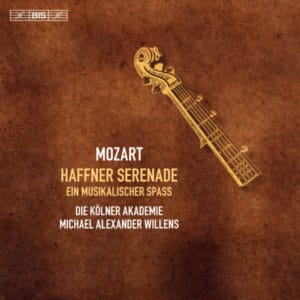
incl. VAT
plus Shipping Costs
Add to cart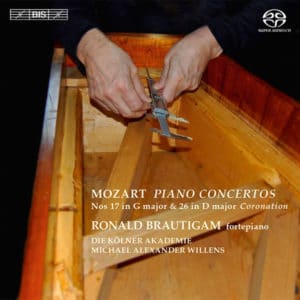
incl. VAT
plus Shipping Costs
Add to cart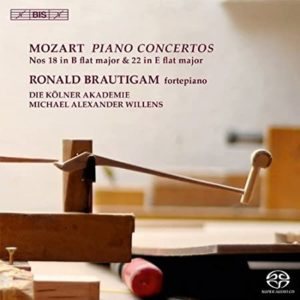
incl. VAT
plus Shipping Costs
Add to cart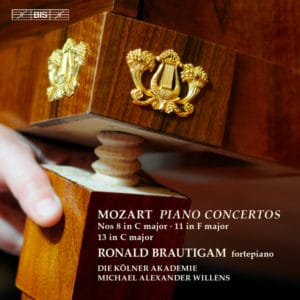
incl. VAT
plus Shipping Costs
Add to cart
incl. VAT
plus Shipping Costs
Add to cart
incl. VAT
plus Shipping Costs
Add to cart
incl. VAT
plus Shipping Costs
Add to cart